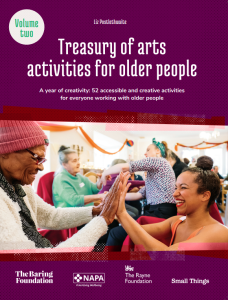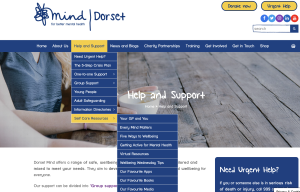No products in the basket.
If anything remotely similar to our charts had existed three years ago, I’d have found it. I scoured the internet and the high street to find something that could provide me with the reassurance that my husband’s carers would be reliably informed and kept up to date about his needs and preferences. It seemed such a no-brainer to me that he deserved this effort to get the details right; there was very little opportunity to give him any quality of life at all, and the least I could do was empower the carers to make his life as comfortable as possible. Guilt played its part of course, it always does with us family carers who finally have to admit that we can’t cope by ourselves.
The care home had generated a care plan for him of course. But all I could see was a sheaf of papers in a file that was supposed to be read and digested by a large group of busy people, some of whom did not have English as their first language.
I was offered whiteboards, note books and computer programmes, but none of them was as effective as the scribbled notes I started sticking to his bedroom wall out of desperation. I started using symbols to catch the carers’ eye and allow them to find the information they needed quickly and easily, and then introduced a wipe-clean surface because when things changed I wanted it to be easy to update the information, sometimes on a daily basis.
When the care home approached me to produce more wall charts for their other residents, I introduced one further element: prompts to help carers and family members provide relevant information. I knew how difficult I had found it when presented with the request for information about Geoff. It had taken me a number of weeks to bring to mind things I hadn’t initially thought about which could make a difference to the quality of his care.
I was a daily visitor to that care home for 13 months. During that time I saw how giving carers information about the individuals they were caring for worked at a level so much more profound than just ensuring they put the correct amount of sugar in their tea. It reminded them that these were people who had families, interests, careers, had travelled, loved, lost, had happy and sad memories, just like those of us lucky enough not to have to live in a care home. I am painfully aware that ‘person-centred care’ has become a cliche too casually bandied about, but if used well, these charts can facilitate person-centred care in the manner Tom Kitwood envisaged so many years ago, exhorting carers to: “treat others in a way you yourself would like to be treated”.






No comment yet, add your voice below!